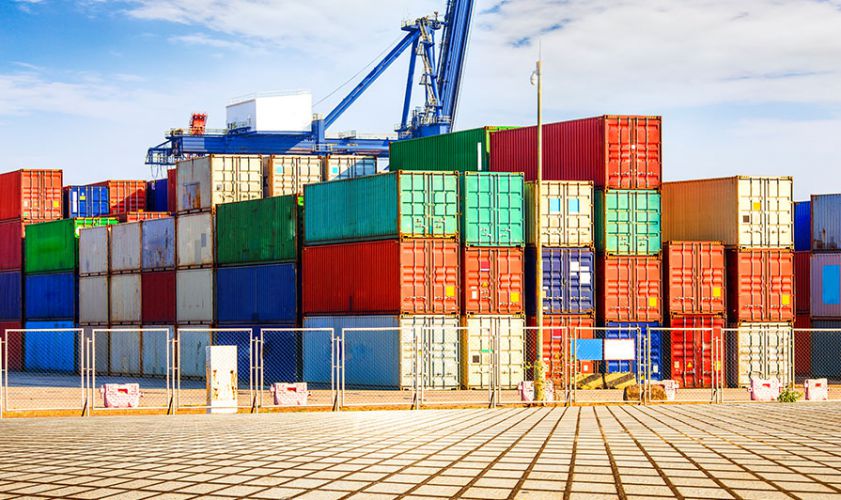



Article by: Hari Yellina
Just as the global catastrophe has had an influence on farm labour availability, it is also having an effect on export cargo containers and handling. On March 8, Leatrice Treharne, the Port of Melbourne’s head of business development, spoke on the issue at the Citrus Technical Forum 2022 on the Sunshine Coast, saying that freight costs are at an all-time high, with port congestion being a persistent challenge to the supply chain. She expressed concern about vessel bunching, which occurs when numerous vessels arrive inside a window at the same time, causing congestion. “Inbound containers are not moving out from the port as rapidly as they should,” she said, citing a labour shortage at retail distribution centres.
Growers and exporters, according to Ms Treharne, should reconsider their usual channels. “Don’t do what you’ve always done,” she advised, “and consciously attempt to diversify your risk.” The shipping lines’ message is don’t put all your eggs in one basket. With a five-year compound annual growth rate of 5.2 percent, fresh fruit is a developing export sector through the Port of Melbourne. However, there was a ray of light, as Ms Treharne predicted that the global shipping sector would stabilise in the following 12 months. “Be ready for everything at all times,” she said. “Shipping lines aren’t very frightening. You can call them and speak with them.”
According to a recent analysis from Container xChange, an online logistics company that specialises in container leasing and trading, two weeks after Russia’s invasion of Ukraine, the influence on container prices and lease rates in China appears to be minor. Because China declared statewide lockdowns, the supply chain has been preparing for chaos in the coming months, delaying container movement as importers across the world prepare for the coming peak season later this year. Dr Johannes Schlingmeier, CEO of Container xChange, said that even before the invasion, freight rates and container prices were at all-time highs. What happened immediately as a result of the war was that the Russian ports were no longer called by the national shipping lines, the Black Sea was closed in some fashion, and the Asia-Europe railway was severely harmed.
The immediate impact on the overall supply chain has yet to manifest itself. Not to mention the reality that Russia’s contribution to global trade is insufficient for containerized goods to seriously disrupt supply networks. On the other hand, we see container prices at all-time highs, containers piling up, and a major supply shortfall. Many more interruptions have occurred during the previous two years since the outbreak began. Lockdowns in China will decrease capacity even more, causing a spike in already high shipping prices. The shockwaves will be felt across the United States and America, as well as nearly everywhere else on the planet.